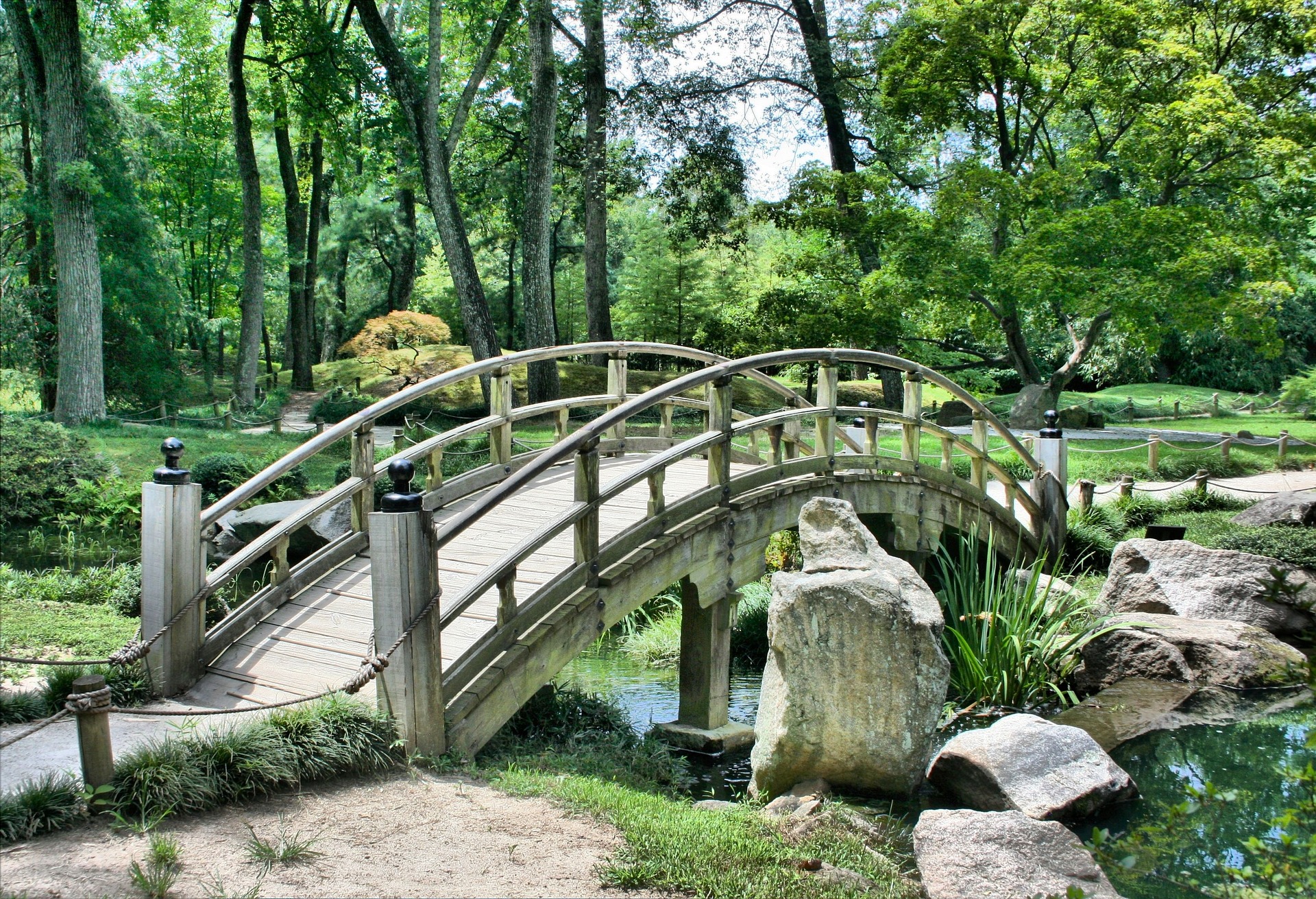Garden Fountains: Choosing and Caring for Outdoor Water Features
A garden fountain can transform an outdoor space by adding movement, sound, and a focal point that suits a range of styles, from formal courtyards to casual backyard gardens. This article explains what a garden water feature is, how to choose the right fountain for your setting, practical installation and upkeep considerations, and environmental and material factors to weigh when planning a fountain.

What is a garden water feature?
A garden water feature is any element that brings water into a landscape, including fountains, ponds, cascades, and wall-mounted spouts. A freestanding fountain circulates water using a pump, producing visual interest and ambient sound. Garden water features can attract birds and other wildlife, moderate microclimates by adding humidity, and mask neighborhood noise. Selecting the right scale and style helps the feature integrate with existing planting and hardscape rather than overpower it.
Choosing a fountain for your garden
When selecting a fountain, consider size, style, and how the fountain will relate to nearby plants and paths. Small tabletop fountains suit patios and balconies; medium urn or tiered fountains work well in lawn or courtyard settings; larger fountains or pondless systems fit expansive landscapes. Think about sound level—a gentle trickle creates calm, while a stronger flow delivers a livelier soundtrack. Also check electrical access for pumps, and whether you prefer a recirculating system (common) or a simple gravity-fed design.
Outdoor placement and landscaping tips
Placement affects visibility, maintenance, and the experience of a water feature. Position a fountain where the sound can be enjoyed from seating areas and where it won’t drip onto walkways. Ensure a level, stable base—concrete pads, compacted gravel, or reinforced soil can work depending on size. Planting around the fountain with moisture-tolerant and low-litter species reduces debris in the basin. Leave enough clearance for routine access to the pump and plumbing; access simplifies cleaning, winterizing, and any repairs.
Installation and maintenance of a water fountain
Installation often involves a power supply for the pump, a stable foundation, and simple plumbing or fittings. Many homeowners install small fountains themselves; larger or buried systems may require professional help or local services in your area. Routine maintenance includes checking water levels, removing leaves and algal buildup, cleaning the pump and intake, and replacing worn seals or tubing. Use fountain-safe cleaners and avoid household bleach or harsh chemicals that can corrode materials or harm wildlife. Winterizing—draining, covering, or removing pumps—prevents freeze damage in colder climates.
Materials, styles, and environmental considerations
Fountains are made from stone, concrete, metal, fiberglass, resin, and ceramic. Stone and concrete are durable but heavy; resin and fiberglass are lighter and easier to move but may age differently under UV exposure. Metal (copper, bronze) offers distinctive patinas but may require specialized care. Consider wildlife—recirculating systems with shallow areas are safer for birds and small animals than deep basins. Solar-powered pumps reduce electrical needs but depend on sun exposure. Also be mindful of water conservation: recirculating pumps use less water than open-flow systems, and splash-minimizing designs reduce evaporation.
Conclusion
Garden fountains offer a versatile way to introduce water, sound, and movement to outdoor spaces. Matching size and style to your garden, planning placement and access, choosing appropriate materials, and committing to straightforward maintenance will extend the life and enjoyment of the fountain. Thoughtful design can enhance wildlife value and conserve resources while creating a lasting focal point in the landscape.






